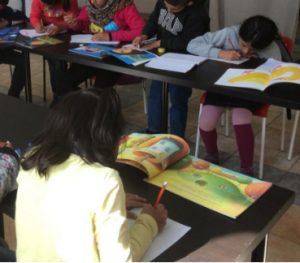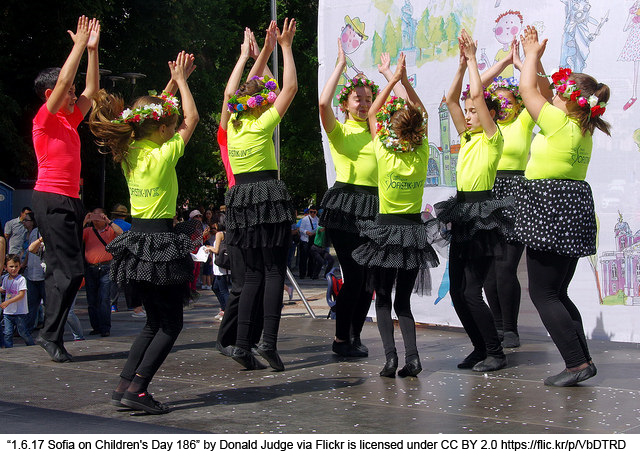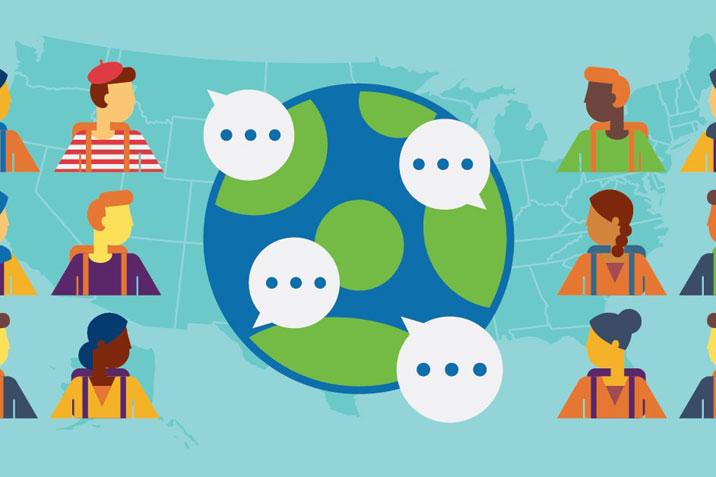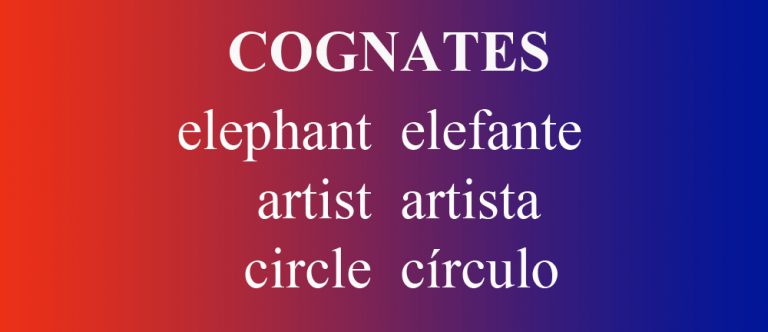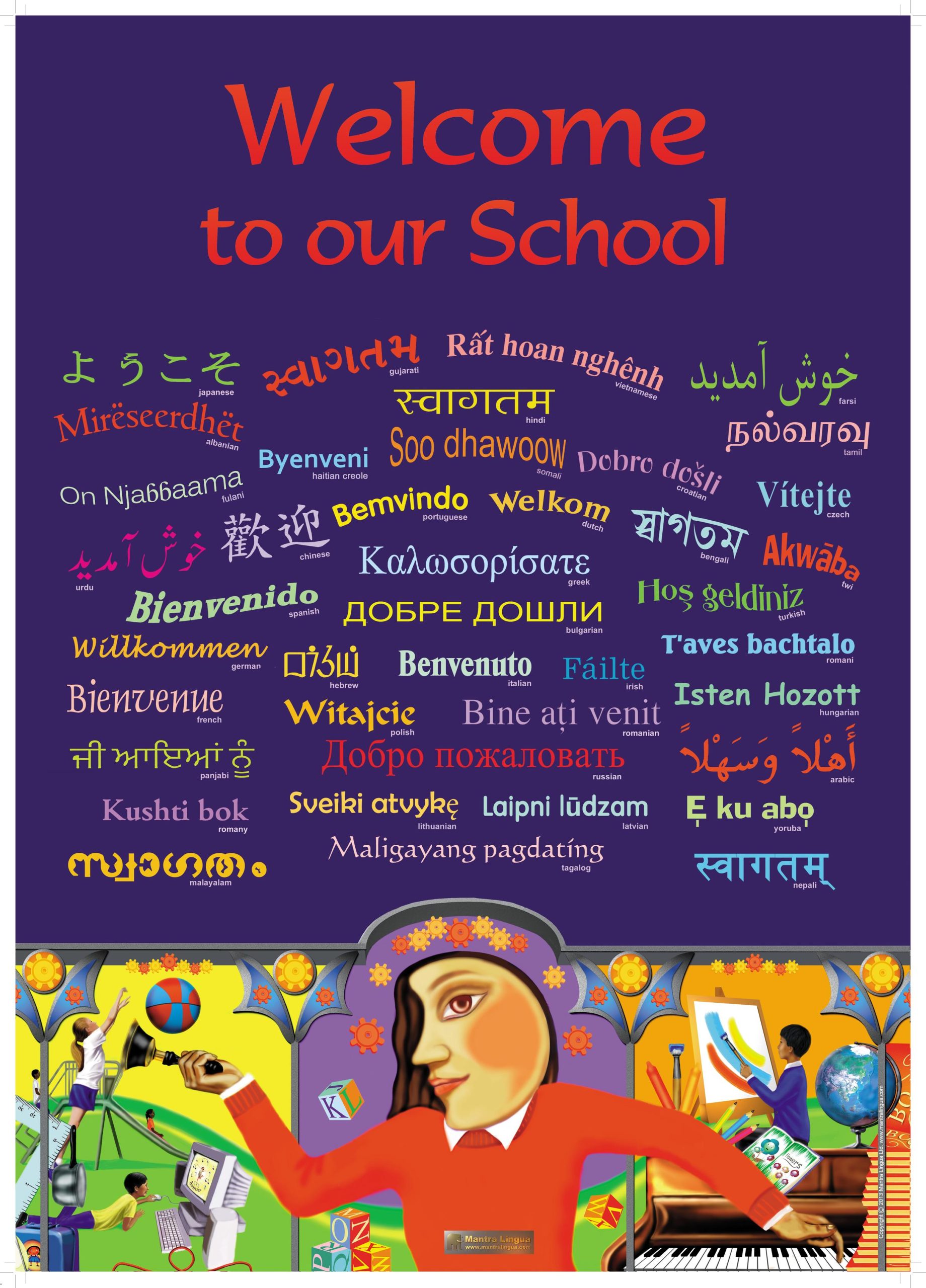It’s that time of year again – summer is winding down, and school is back in session! Language Lizard is offering a new set of colorful mugs that celebrate cultural diversity and the love of languages – perfect for educators, students and parents alike!
“Welcome” in Different Languages
This unique mug says “Welcome” in many languages, and is a great gift for teachers who work in multicultural classrooms. Languages include Arabic, Burmese, Chinese, Czech, Dutch, Farsi (Persian), French, German, Greek, Gujarati, Haitian-Creole, Hebrew,............. CONTINUE READING
August 28, 2017


